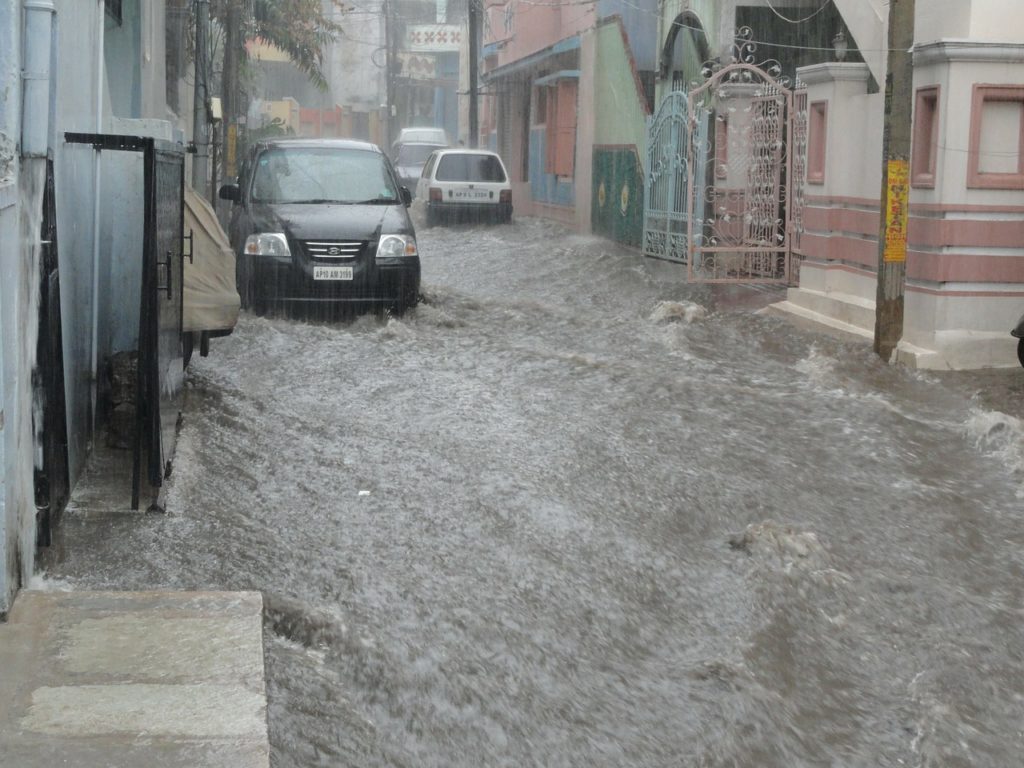Tips for Cleaning Up Your Business After a Flood
These days, it seems that almost every week we hear about another natural disaster affecting people and businesses around the world. While many entrepreneurs don’t think about this much, and believe it won’t happen to them, the fact is that it’s quite possible your business premises may be struck by a big issue at some stage.
Flood is a common one — not just from Mother Earth but also from burst water pipes and the like — and it’s important to have an idea of what to do in an emergency situation and how to get back to business ASAP. Read on for some tips you can follow if the worst happens.
Ensure the Power Has Been Turned Off
The first thing you must do is ensure the power has been turned off in the affected areas. This will help keep yourself, workers or other people or animals in the area safe from the risk of electrocution. It is especially important that no power goes to spaces where water levels have risen above electrical outlets or will soon. Where you can do so safely, unplug any electronic devices near the water, e.g. appliances, computers, lighting, etc.
Remove Stock and Other Items
Next, to try and save as much of your stock and other business items as possible, remove these things from the flooded area as quickly as you can. Have staff members, neighboring business people, friends and family members help you get everything out and into the sun ASAP.
The longer things are exposed to water, and the bacteria that often comes along with it, the more damaged they end up, so getting them out quickly can make a big difference. Do keep in mind, though, that unfortunately many items may be too destroyed for you to be able to salvage them.
Get as Much Pooled Water Out as Possible
Another key step is to get as much of the excess water out of your business premises as you can, so you can start trading again sooner rather than later. If there is a huge amount of water in the space, it helps to use a sump pump to suck up the moisture quickly. You’ll need safe access to electricity for this though, so keep that in mind. These pumps can be hired from hardware shops and other suppliers. If the water level isn’t so high, you may be able to use a wet/dry vacuum to get a lot of the moisture out. Again, you’ll need to plug this equipment in, so make sure you can do so safely.
Alternatively, manual methods work, and they are the best option when using electrical equipment is impossible. Bring in mops, buckets and towels to sop up as much water as possible. Do be careful though, as flood waters often bring bacteria and other dangers with them. As such, ensure you and any helpers all wear protective gear.
Assess the Damage
Once the above steps are complete, it’s time to assess the damage, both to items you’ve removed from the premises and to the workspace itself. Go through everything to see what can be salvaged after a good clean or repair and what needs to be thrown out, recycled or given away. There are services that help to bring life back to water-affected items, but this is usually arranged on a case-by-case basis.
Also, to help get your shop, office, warehouse or other premises back into shape, use fans and dehumidifiers to dry things out. Keep windows and doors open as much as possible to increase air flow and help with the drying, too.
In many flooded areas, mold growth becomes a big issue. This can occur in just one or two days, sadly, so it must be addressed ASAP. While you can use disinfectant sprays and clean thoroughly yourself, it pays to search for specialists in your area who can help to combat this issue. For example, head to ServiceMasterRestore.com to learn about the types of services available.
Notify People
As you would imagine, when your business has to shut down for a time because of a flood, you must quickly notify a variety of people about the change in circumstances. For instance, your employees need to know not to come into work (or you might want to ask them for their assistance in the cleanup), and you’ll need to advise customers you’re closed.
Speak with your insurance company straightaway, as they will have instructions on what you need to do to put in a claim for the damage and/or lost stock and other items. You may also have to alert other people to the crisis, such as suppliers, business partners and/or investors, lenders, financial planners and the like.

